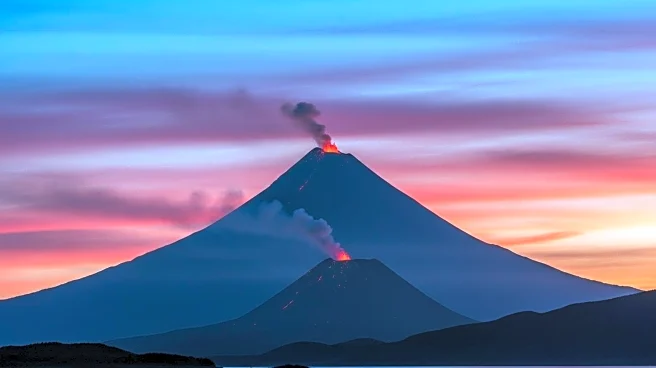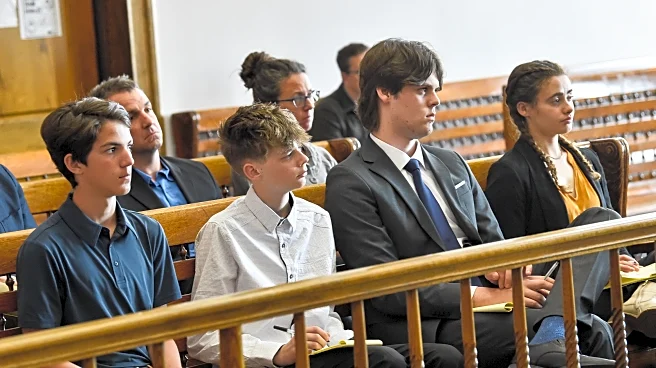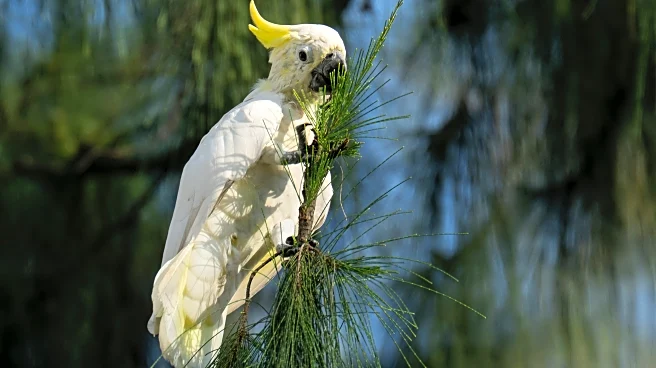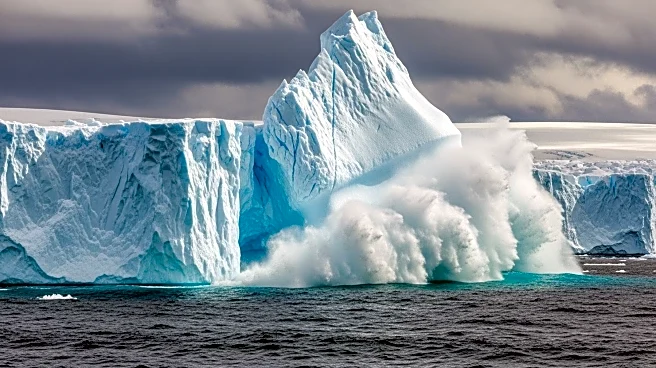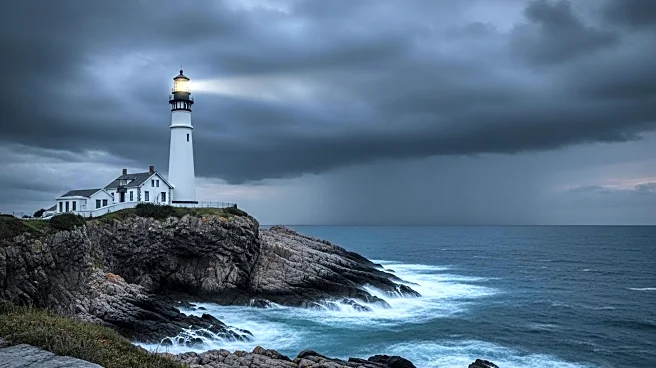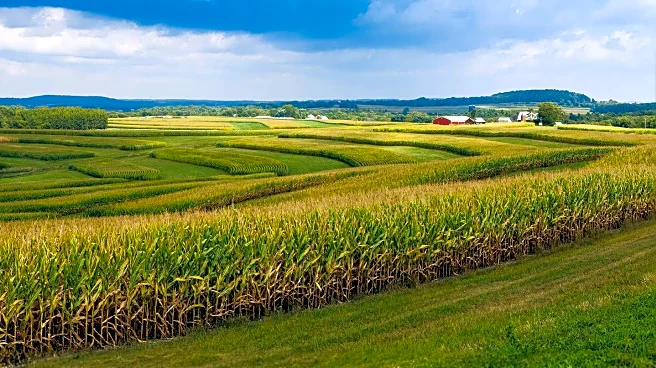What is the story about?
What's Happening?
Recent research has challenged the hypothesis that a meteorite or comet impact caused a platinum spike in Greenland's ice sheet, suggesting instead that the spike originated from a volcanic fissure eruption in Iceland. The platinum concentration was discovered in ice cores dated to around 12,800 years ago, coinciding with the onset of the Younger Dryas Event, a period of significant cooling in the northern hemisphere. The study found that the platinum spike occurred 45 years after the Younger Dryas began, indicating it was too late to have triggered the cooling. The research compared the ice core's chemical signature with various geological samples and found the closest match with volcanic gas condensates, particularly from submarine volcanoes. Iceland's volcanoes, known for producing prolonged fissure eruptions, could have released platinum-rich gases that traveled to Greenland, explaining the unusual geochemistry.
Why It's Important?
Understanding the cause of the Younger Dryas Event is crucial for predicting future climate changes. The research suggests that volcanic activity, rather than an extraterrestrial impact, may have played a significant role in past climate shifts. This insight is vital as it highlights the potential for volcanic eruptions to influence global temperatures by injecting sulphur into the atmosphere, which can reflect sunlight and trigger cooling. The study underscores the importance of monitoring volcanic activity and its potential impact on climate, as similar events could occur in the future, affecting global weather patterns and ecosystems.
What's Next?
Further research is needed to explore the mechanisms by which volcanic eruptions can influence climate, particularly the role of sulphur and other elements in atmospheric cooling. Scientists may focus on identifying other historical volcanic events that could have contributed to climate shifts, as well as improving predictive models for future eruptions. Understanding these processes will be crucial for developing strategies to mitigate the impacts of potential climate changes triggered by volcanic activity.
Beyond the Headlines
The study raises questions about the interplay between volcanic activity and climate change, suggesting that volcanic eruptions could have long-term effects on global weather patterns. It also highlights the need for interdisciplinary research combining geology, climatology, and environmental science to fully understand the implications of such events. The findings may influence public policy and preparedness strategies for natural disasters, emphasizing the importance of resilience in the face of unpredictable climate events.
AI Generated Content
Do you find this article useful?
